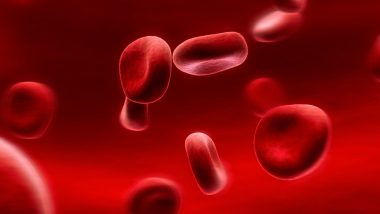Washington, December 27: Scientists have genetically modified a common houseplant to remove cancer-causing pollutants from our homes. While a variety of air filters in our homes can keep allergens and dust particles at bay, some hazardous compounds are too small to be trapped in these filters.
Small molecules like chloroform, which is present in small amounts in chlorinated water, or benzene, which is a component of gasoline, build up in our homes when we shower or boil water, or when we store cars or lawn mowers in attached garages. Both benzene and chloroform exposure have been linked to cancer.
Researchers at the University of Washington in the US have genetically modified a common houseplant pothos ivy to remove chloroform and benzene from the air around it. Geriatic Pregnancy Linked to Higher Breast Cancer Risk, Reveals Study.
The modified plants express a protein, called 2E1, that transforms these compounds into molecules that the plants can then use to support their own growth, according to the study published in the journal Environmental Science & Technology.
"People haven't really been talking about these hazardous organic compounds in homes, and I think that's because we couldn't do anything about them," said Stuart Strand, a research professor at University of Washington. "Now we've engineered houseplants to remove these pollutants for us," said Strand.
The team decided to use a protein called cytochrome P450 2E1, or 2E1 for short, which is present in all mammals, including humans. In our bodies, 2E1 turns benzene into a chemical called phenol and chloroform into carbon dioxide and chloride ions. However, 2E1 is located in our livers and is turned on when we drink alcohol. So it's not available to help us process pollutants in our air.
"We decided we should have this reaction occur outside of the body in a plant, an example of the 'green liver' concept," Strand said.
"And 2E1 can be beneficial for the plant, too. Plants use carbon dioxide and chloride ions to make their food, and they use phenol to help make components of their cell walls," he added.
The researchers made a synthetic version of the gene that serves as instructions for making the rabbit form of 2E1. Then they introduced it into pothos ivy so that each cell in the plant expressed the protein.
Pothos ivy does not flower in temperate climates so the genetically modified plants won't be able to spread via pollen. Plants in the home would also need to be inside an enclosure with something to move air past their leaves, like a fan, Strand said.
The team is currently working to increase the plants' capabilities by adding a protein that can break down another hazardous molecule found in home air: formaldehyde, which is present in some wood products, such as laminate flooring and cabinets, and tobacco smoke.













 Quickly
Quickly


